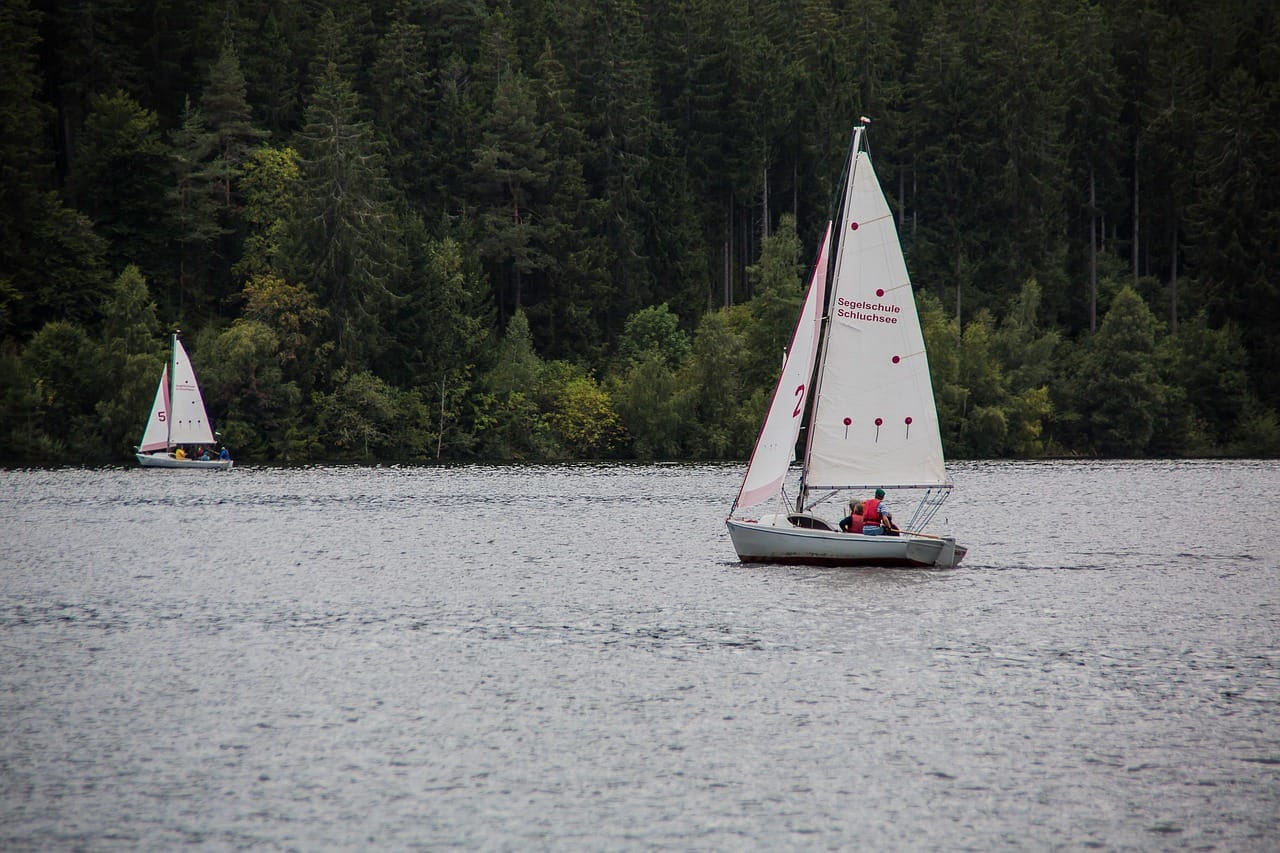Cycling tours offer a unique blend of adventure, fitness, and cultural immersion, allowing you to explore the world at your own pace. Whether you’re a seasoned cyclist or just looking for a new way to travel, a cycling tour can provide an unforgettable experience. From leisurely rides through picturesque landscapes to challenging climbs in mountainous regions, there’s a cycling tour to suit every level of fitness and interest. This guide will delve into the world of cycling tours, providing you with everything you need to know to plan your perfect two-wheeled adventure.
Why Choose a Cycling Tour?
Health and Fitness Benefits
- Improved Cardiovascular Health: Cycling is a fantastic cardiovascular workout, strengthening your heart and lungs.
- Increased Muscle Strength and Endurance: Pedaling engages major muscle groups in your legs and core, building strength and endurance.
- Low-Impact Exercise: Cycling is gentle on your joints, making it suitable for people of all ages and fitness levels.
- Weight Management: Cycling burns calories, helping you maintain a healthy weight.
- Mental Well-being: Exercise releases endorphins, which have mood-boosting effects and reduce stress.
Immersive Cultural Experiences
- Explore at Your Own Pace: Cycling allows you to experience the culture and landscapes more intimately than traveling by car or bus.
- Connect with Locals: You’ll have opportunities to interact with locals in small villages and towns that you might otherwise miss.
- Discover Hidden Gems: Cycling can take you off the beaten path to discover hidden gems and local secrets.
- Sensory Experience: You’ll fully engage with your surroundings through sight, sound, smell, and touch. Imagine the scent of lavender fields in Provence or the sound of the ocean as you cycle along the coast.
Practical Advantages
- Expert Guidance: Tour operators provide experienced guides who know the best routes, local customs, and emergency procedures.
- Luggage Support: Your luggage is transported between destinations, allowing you to focus on enjoying the ride.
- Accommodation and Meals: Many tours include comfortable accommodations and delicious meals, often featuring local cuisine.
- Bike Rental and Maintenance: High-quality bikes are often provided, and maintenance is taken care of, so you don’t have to worry about mechanical issues.
- Social Interaction: Cycling tours offer a great opportunity to meet like-minded people from all over the world.
Types of Cycling Tours
Guided vs. Self-Guided Tours
- Guided Tours: These tours are led by experienced guides who provide route navigation, support, and cultural insights. They are a good option for those who want a hassle-free experience.
Example: A guided tour of Tuscany, Italy, where a guide leads you through vineyards and charming villages, providing historical and cultural context along the way.
- Self-Guided Tours: You’re provided with maps, route information, and accommodation bookings, but you cycle independently. This option offers more flexibility and freedom.
Example: A self-guided tour along the Danube River, where you receive detailed route maps and cycle at your own pace, stopping at scenic viewpoints and local attractions as you please.
Theme-Based Tours
- Culinary Tours: Focus on experiencing local cuisine and visiting vineyards, breweries, and farms.
Example: A cycling tour of the Loire Valley in France, focusing on wine tasting and culinary experiences at local chateaux and restaurants.
- Historical Tours: Explore historical sites, museums, and monuments.
Example: A cycling tour of ancient Rome, visiting iconic landmarks such as the Colosseum, Roman Forum, and Pantheon.
- Nature Tours: Cycle through national parks, forests, and coastal regions, focusing on wildlife and natural beauty.
Example: A cycling tour of Costa Rica, exploring rainforests, volcanoes, and beaches while observing diverse wildlife.
- Family-Friendly Tours: Designed for families with children, offering shorter distances, easier terrain, and activities suitable for all ages.
Example: A cycling tour along the flat and scenic canals of the Netherlands, with options for child seats and tag-along bikes.
Difficulty Levels
- Easy: Flat terrain, short distances (20-30 miles per day), suitable for beginners and families.
- Moderate: Rolling hills, moderate distances (30-50 miles per day), some cycling experience recommended.
- Challenging: Steep climbs, long distances (50+ miles per day), good fitness level required.
* Example: A challenging tour through the Pyrenees Mountains requires a high level of fitness and experience cycling uphill.
Planning Your Cycling Tour
Choosing a Destination
- Consider Your Interests: Do you prefer mountains, coastlines, or countryside? Are you interested in history, culture, or food?
- Assess Your Fitness Level: Choose a destination and tour difficulty that matches your fitness level.
- Research the Climate: Check the weather conditions for your chosen destination during the time of year you plan to travel.
- Read Reviews: Look for reviews from other cyclists who have taken similar tours to get an idea of what to expect.
Booking Your Tour
- Compare Tour Operators: Research different tour operators and compare their prices, itineraries, and included services.
- Check Inclusions: Make sure you understand what is included in the tour price, such as accommodation, meals, bike rental, and luggage transport.
- Read the Fine Print: Pay attention to the tour operator’s cancellation policy and any other terms and conditions.
- Book in Advance: Popular tours tend to sell out quickly, so book your tour well in advance, especially if you are traveling during peak season.
Preparing for Your Trip
- Get in Shape: Start cycling regularly several weeks before your trip to build your fitness level.
- Pack Appropriately: Pack lightweight, breathable clothing, comfortable cycling shoes, sunscreen, a hat, and sunglasses.
- Bring Essential Gear: Consider bringing your own cycling helmet, gloves, and water bottle.
- Learn Basic Bike Maintenance: Familiarize yourself with basic bike maintenance tasks, such as changing a flat tire.
- Inform Your Bank: Notify your bank that you will be traveling abroad to avoid any issues with your credit or debit cards.
Essential Gear for Cycling Tours
Clothing and Accessories
- Cycling Jersey and Shorts: Moisture-wicking fabrics will keep you comfortable. Padded shorts are a must for longer rides.
- Cycling Gloves: Protect your hands and provide a better grip.
- Cycling Shoes: Stiff-soled shoes improve pedaling efficiency.
- Helmet: Essential for safety.
- Sunglasses: Protect your eyes from the sun and wind.
- Sunscreen: Protect your skin from the sun’s harmful rays.
- Rain Jacket: Be prepared for unexpected rain showers.
- Base Layers: Provide insulation in cooler weather.
Bike Equipment
- Bike Computer: Tracks your speed, distance, and other metrics.
- Water Bottles and Cages: Stay hydrated on the road.
- Saddle Bag: Carry essential tools, such as a multi-tool, tire levers, and a spare tube.
- Bike Lock: Secure your bike when you stop for breaks.
Other Important Items
- First-Aid Kit: Include bandages, antiseptic wipes, pain relievers, and any personal medications.
- Insect Repellent: Protect yourself from mosquito bites.
- Camera: Capture your memories.
- Travel Adapter: For charging electronic devices.
- Passport and Visa: Ensure your travel documents are valid.
Conclusion
Cycling tours offer an enriching and active way to explore the world. By choosing the right type of tour, planning carefully, and packing appropriately, you can ensure a safe, enjoyable, and unforgettable experience. Whether you’re seeking adventure, cultural immersion, or simply a new way to stay fit, a cycling tour may be just the ticket. So, get ready to saddle up and embark on your next great adventure on two wheels!




